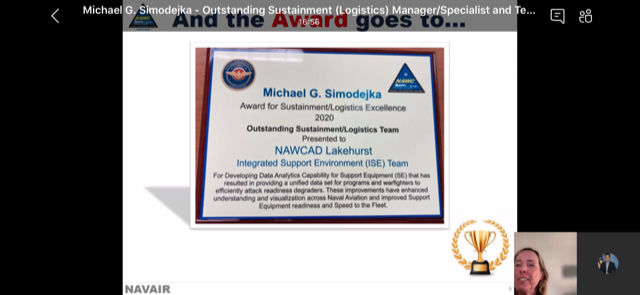Three months into my tenure as a data science consultant for the National Science Foundation, and the executive orders hit like a thunderclap. One minute I was analyzing proposal patterns across STEM disciplines, the next I was knee-deep in “compliance verification protocols”—which is bureaucrat-speak for “figure out if our research funding aligns with the new directives.”
The morning after the announcement, our office resembled a disturbed ant colony. Program officers huddled in corners, whispering about postponed panels. IT specialists frantically worked to restore systems. My supervisor, normally unflappable Dr. Harriet Chen, actually loosened her perpetually perfect bun as she pored over the implementation guidelines.
“Cynthia,” she said, sliding a tablet across the conference table, “we need to develop an analysis framework for identifying potentially affected proposals in the pipeline.”

Order – From Analysis to Action
The NSF handles roughly 40,000 proposals annually. Each one represents someone’s research dreams, career aspirations, and countless hours of work. Suddenly, those proposals were suspended in digital limbo while we figured out next steps.
My team’s first priority was creating a dashboard to track the status of postponed panels. I suggested we implement a notification system that could automatically update researchers when their review panels were rescheduled. It seemed like a small thing, but from the grateful emails that followed, you’d think we’d personally funded their grants.
“I think we’re missing something,” I told my colleague Marcus over lunch in the cafeteria. “The questions coming in aren’t just about logistics—people are genuinely confused about whether certain research topics are still permissible.”
Marcus nodded, absentmindedly stirring his soup. “Maybe we should create an AI-powered FAQ that can analyze proposal keywords against the executive order language?”
I hesitated. “That could help, but I’m concerned about false positives. What if the system flags legitimate research because it shares vocabulary with restricted areas? We could unintentionally discourage important work.”
This was the constant balance—implementing efficient technology solutions while ensuring we didn’t create new problems in the process.
Order – Behind the Public Updates
If you visited the NSF website during this period, you’d see a professionally worded update page with neatly organized sections for panelists, proposers, and awardees. What you wouldn’t see were the heated discussions about whether certain AI research might violate new restrictions, or how to handle international collaborations now under scrutiny.
The Award Cash Management Service restoration was particularly challenging. When payment systems go down, research stops. Graduate students don’t get paid. Equipment doesn’t get purchased. The ripple effects are enormous.
“We need to prioritize getting ACM back online,” I insisted during one particularly tense meeting. “I’ve analyzed the request patterns—there are over 300 institutions waiting to draw down funds for time-sensitive research.”
Dr. Chen raised an eyebrow. “And how do you propose we verify each request against the new compliance requirements?”
I took a deep breath. “I’ve developed a preliminary algorithm that can flag potentially problematic requests based on the executive order language. It’s not perfect, but it’s faster than manual review.”

The Human Side of Data
What surprised me most wasn’t the technical challenges—it was the emotional ones. Behind every data point was a researcher wondering if their career was in jeopardy, a graduate student uncertain about their future funding, a university administrator trying to navigate changing rules.
When we restored the system, I insisted on including human reviewers alongside my algorithm. The false positive rate was about 17%—higher than I’d like, but acceptable given the circumstances. Each one of those falsely flagged proposals represented someone’s research being unnecessarily delayed.
As we move forward, I’m still refining our systems. The executive orders changed more than just procedures—they changed how we think about research priorities, international collaboration, and the role of government in science. My algorithms can process the data, but they can’t fully grasp the human implications. That remains our most important work.



